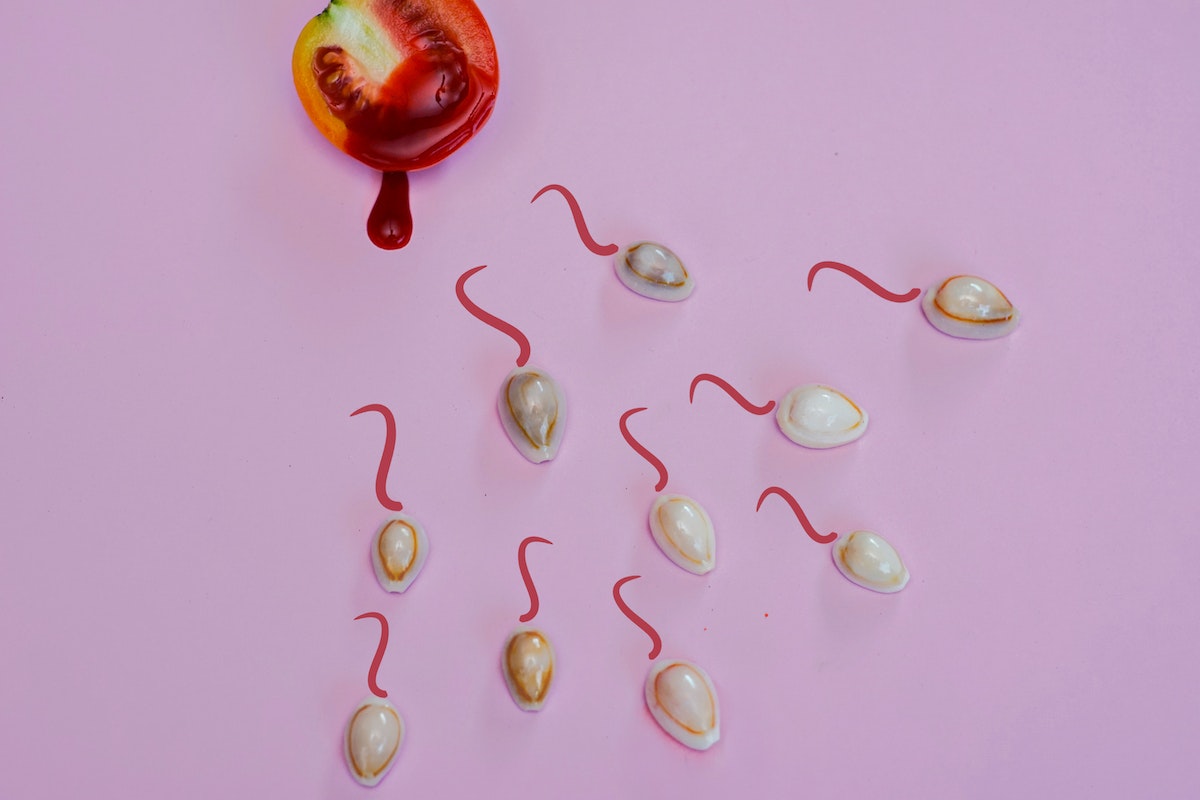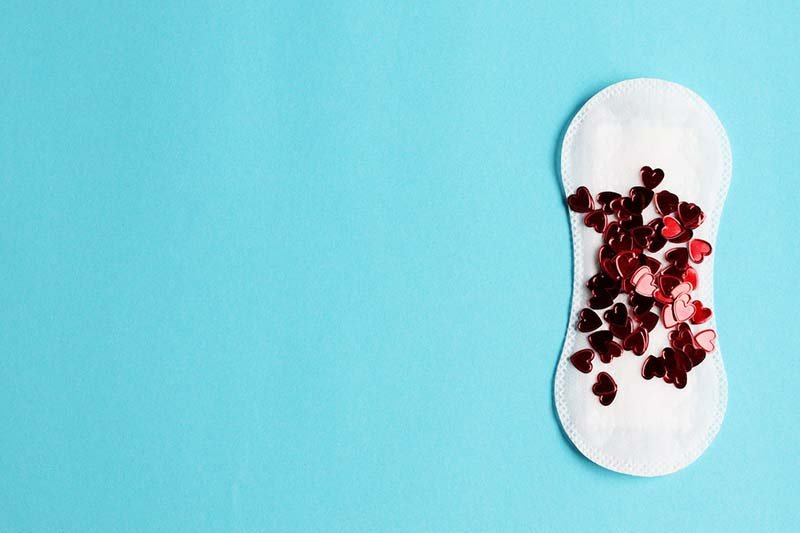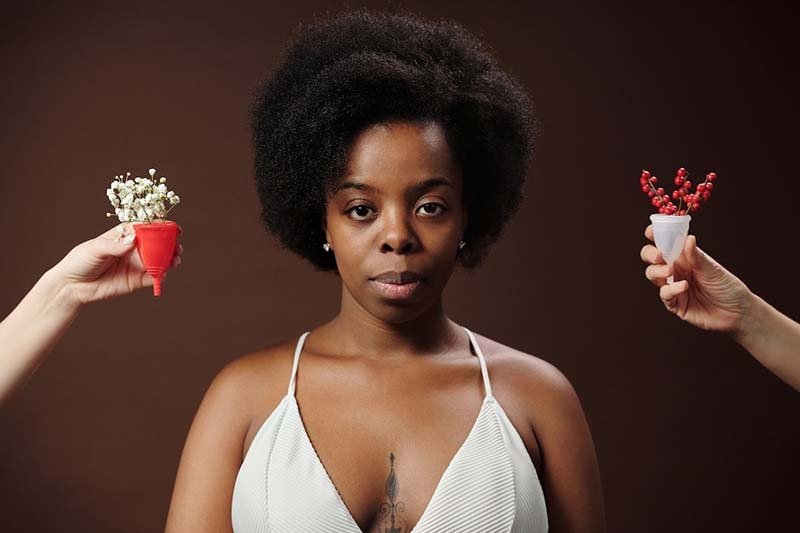If your teen ever asks, why are menstrual cycles called periods, how would you answer? Many people use the term periods interchangeably for the menstrual cycle. But not everyone understands the events around the menstruation cycle.
The post explains the meaning of the menstrual cycle, why menstruation cycles are called periods, the phases of the menstrual cycle, and why it happens.

What is Menstruation?
Menstruation goes by many names including menses and periods. It’s a healthy process in females between puberty and menopause unless they get pregnant.
Menstruation, therefore, is the monthly shedding of blood from the womb lining through the vagina. Every month, a female’s body gets ready for pregnancy.
And that involves the thickening of the uterus walls and the production of the egg in the ovaries. When fertilization fails, the tissues and blood on the uterus lining breaks down and flows out via the vagina.
On the other hand, when fertilization occurs, the fertilized egg implants into the thick wall of the uterus. And in that case, menstruation fails.
So, Why is it Called Menstruation?
The term menstruation came from the Greek word mene (meaning moon) and the Latin word mensis (meaning month).
The entire menstruation cycle lasts about 28 days. And so in the olden times, people believed the menstrual cycle is connected to the moon’s cycle.
What Does the Menstrual Cycle Mean?
In normal circumstances, menstruation occurs every month except when pregnancy occurs. And so, the menstruation cycle refers to the pattern of events that happens in preparation for the probability of pregnancy.
Therefore, the menstruation cycle is the duration between the first day of your period till the next first day of your period.
Why Are Menstrual Cycles Called Periods?

The English word period comes from the Latin word Periodus, meaning a recurring cycle. And the menstruation cycle also repeats every month. So, at the onset of the 1800s, people started using the terms periods and menstruation cycles interchangeably.
How Long Are the Menstrual Cycle Days?
A typical menstrual cycle lasts 28 days. But for some reason, it doesn’t always last that long in every person. However, medical experts agree that a menstrual cycle that lasts from 21 to 35 days is normal.
What Are the Signs Associated With Periods?
A typical menstruation cycle lasts 21 to 35 days. Besides the time frame, some women display some symptoms during or when about to menstruate.
The symptoms include the following:
- Tenderness or swelling of the breasts
- Mood swings
- Abdominal cramps and bloating
- Appearance of acne
- Headache
- Diarrhea
- Fatigue
Phases of the Menstrual Cycles
The rise and fall of hormones during the menstruation cycle triggers a series of events in the body. We can summarize the menstruation cycle events into four phases;
Menses Phase
On average, the menses phase kicks in from the first day to the fifth day of your period. In other words, it begins when the uterus lining ruptures and shedding begins.
Most women bleed for about three or five days. But experts say you shouldn’t worry if the bleeding takes three or seven days.
The Follicular Phase
The follicular phase typically lasts from the sixth to the fourteenth day of the cycle. And during that period, the hormone estrogen level increases. And that causes the thickening of the uterus wall.
At the same time, another hormone, FSH, ignites the growth of the follicles in the ovaries. Between the 10th to 14th day, one of the two developing follicles matures into an ovum.
Ovulation
The follicular phase gives way to ovulation. And ovulation happens about midway through the cycle (typically 14 days). In the ovulation phase, the LH hormone suddenly increases and thus the release of the egg from the ovary. And it is the release of the egg from the ovary that’s called ovulation.
The Luteal Phase
Once the egg is released from the ovary, the luteal phase begins and lasts till the 28th day of the cycle. From the ovary, the egg descends through the fallopian tube to the womb.
During this time, the hormone progesterone level increases. As a result, it triggers the thickening of the uterus walls. When the sperm fertilizes the egg, implantation occurs on the uterus walls.
On the other hand, when fertilization doesn’t occur, the progesterone and estrogen level drops, then the womb lining ruptures.
FAQs

When Does a Typical Girl Get Her First Period?
On average, a girl gets her first period at age 12. But, it’s also possible to begin your periods from 8 years to 16 years. In many cases, girls menstruate a couple of years after growing pubic hair and breasts.
How Long Should a Female Bleed During Periods?
Most ladies or women bleed for about three to seven days during their periods.
How Long is the Usual Menstrual Cycle?
The typical menstrual cycle is 28 days. But it can also come as early as 21 days or late as 35 days.
How Do You Track Your Menstrual Cycle?
You can track your menstrual cycle by noting the first day of your period for consecutive months.
Doing so makes it easy to note the pattern in your cycle. That way, it becomes simple to realize any irregularity in your periods at a later date.
What May Cause an Irregular Menstrual Cycle?
There are many causes of irregular periods including:
- Breastfeeding or pregnancy
- Premature ovarian failure
- Uterine fibroids
- Stress and anxiety
- Shift from one birth control method to the next
- Cervical cancer
Therefore, Why are Menstrual Cycles Called Periods?
The use of the word period for the menstrual cycle began in the early 1800s. The menstruation cycle lasts about 28 days and so occurs monthly.
Thus, people believed menstrual cycles depend on the moon cycle. Furthermore, since menstrual cycles repeat approximately after a fixed duration of time, people readily call them periods.
And during the menstruation cycle, a series of events take place in the body, as outlined in the article. It’s thus vital to keep track of your periods and know when an irregularity occurs.



